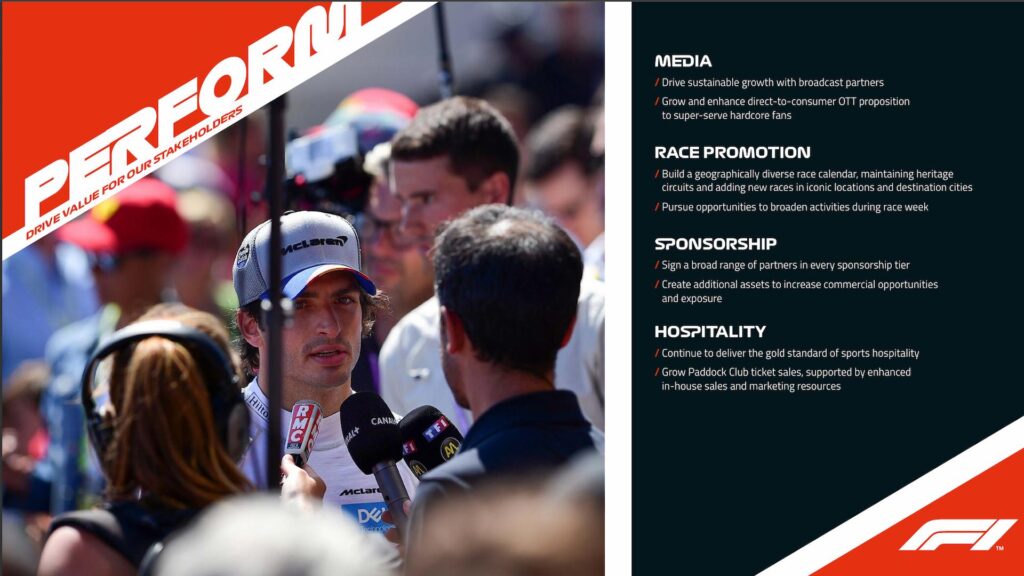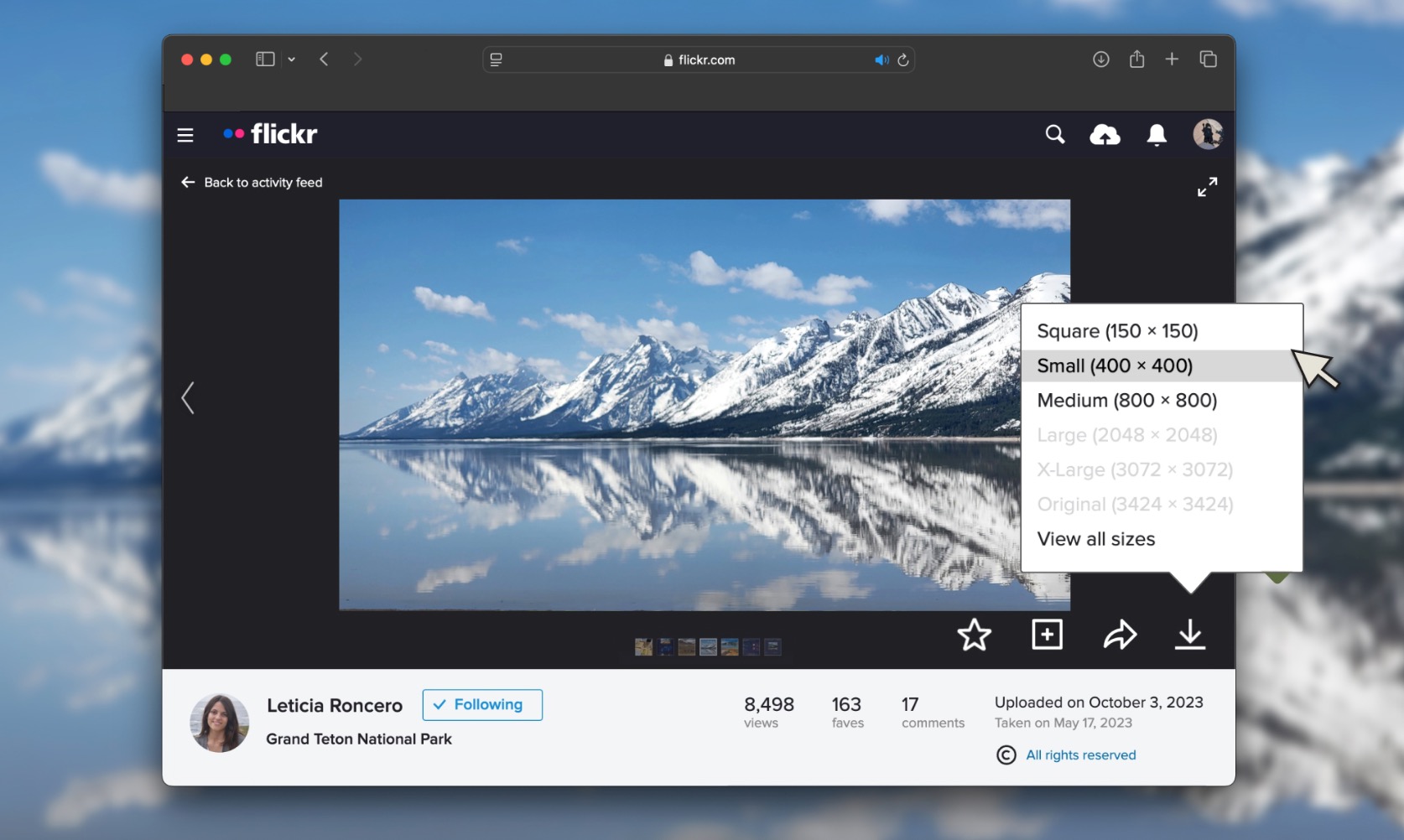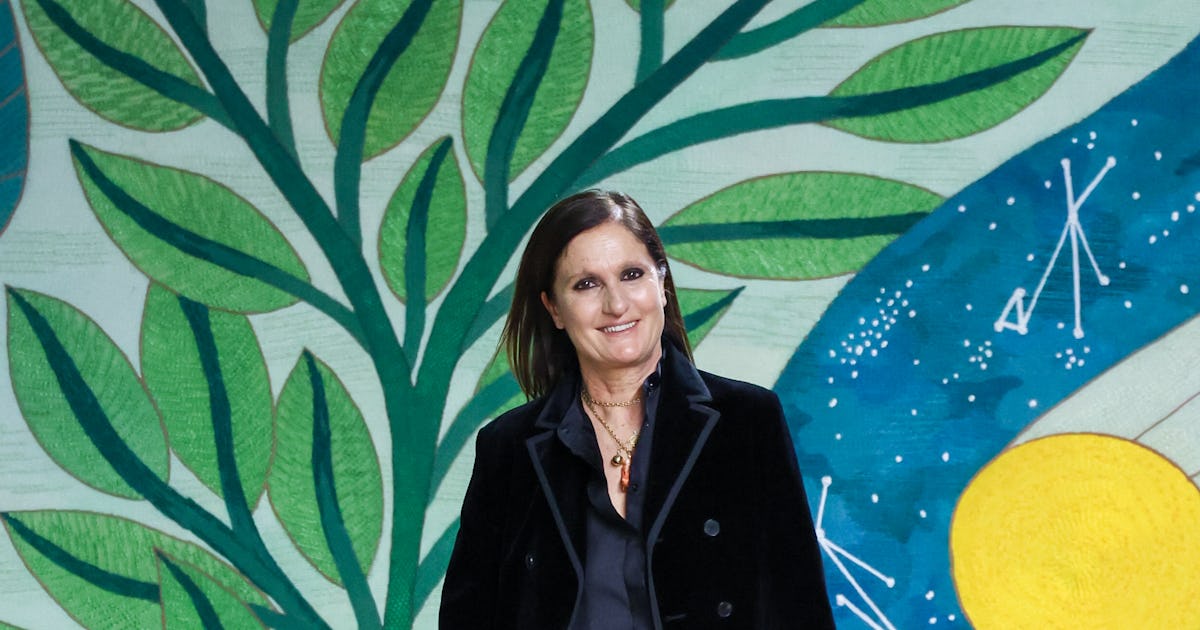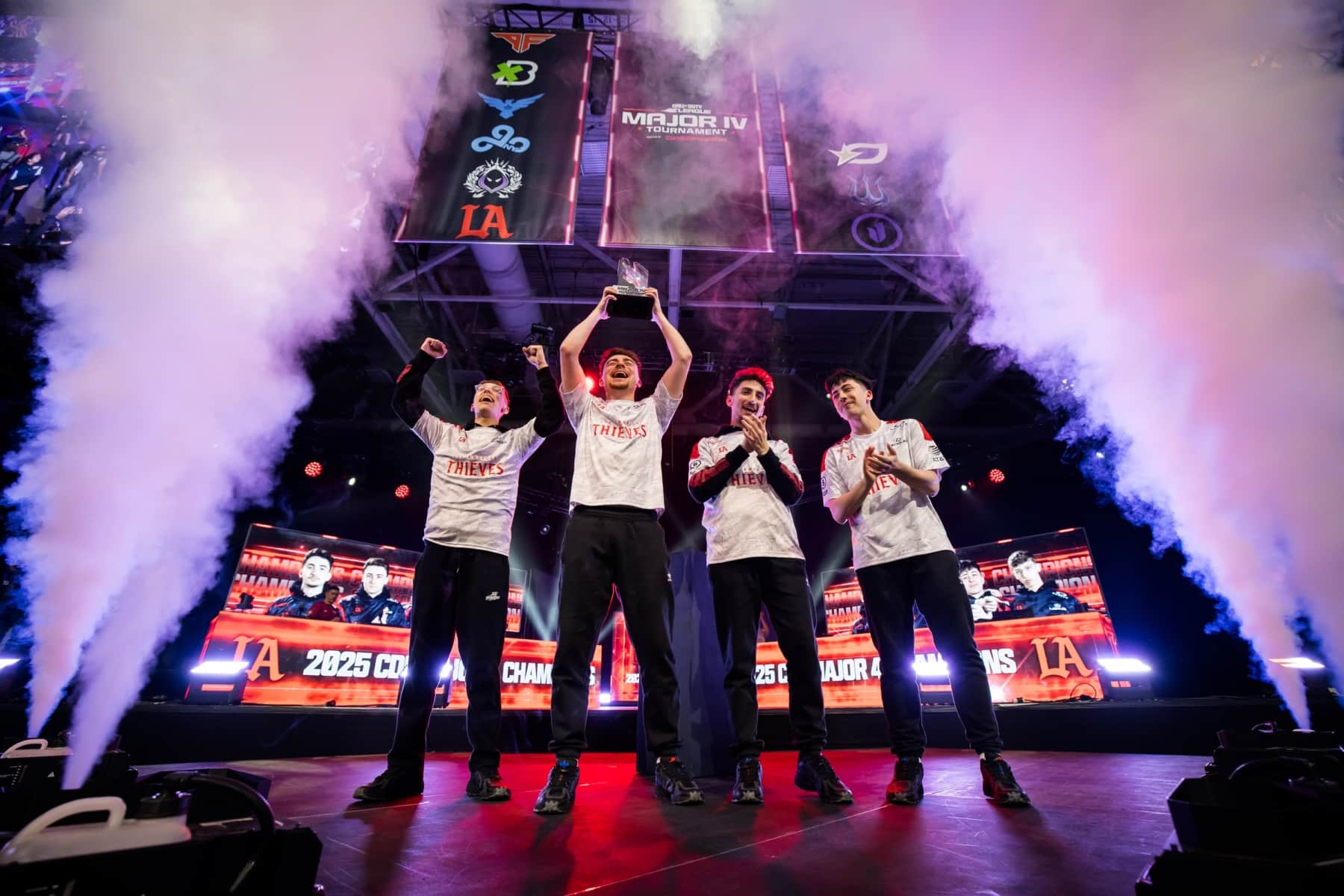Could Formula 1’s monetisation approach end the esports winter?
TL;DR Esports remains financially unstable, despite various monetisation attempts. Key revenue sources include sponsorships, merchandise, in-game sales, and tickets, but returns are inconsistent. F1 thrives on media rights and premium experiences, which esports can adapt with paid content and fan perks. It’s hard to achieve unified monetisation across multiple titles and events. Esports primarily targets … Continued The post Could Formula 1’s monetisation approach end the esports winter? appeared first on Esports Insider.


TL;DR
- Esports remains financially unstable, despite various monetisation attempts.
- Key revenue sources include sponsorships, merchandise, in-game sales, and tickets, but returns are inconsistent.
- F1 thrives on media rights and premium experiences, which esports can adapt with paid content and fan perks.
- It’s hard to achieve unified monetisation across multiple titles and events.
- Esports primarily targets young audiences with limited spending power, making monetisation even more challenging.
- Building value through quality content is key before expecting fans to pay.
Profitability in esports has long been a topic of debate. While some have attempted to diversify revenue streams, others have tried to streamline monetisation by replicating conventional sports models.
However, none of these approaches prevented the “esports winter,” which led to thousands of layoffs, organisations exiting the scene, journalists restarting their careers in a totally different field, and widespread instability across the industry.
On the other hand, Formula 1 has built a sustainable, fan-focused ecosystem that the esports industry can draw inspiration from to implement new and improved monetisation strategies.
Key monetisation methods in esports
There are multiple ways in which publishers and organisations generate revenue in esports; however, the following are the most prominent:
Merchandise
Organisations and publishers sell exclusive merchandise such as clothing, plushies, keychains, and more. This diversifies income sources while opening opportunities for cross-industry collaborations.
Sponsorships
Sponsors remain the primary revenue source in esports for tournament streams, team apparel, content partnerships, etc. However, retaining sponsors is a challenge due to the lack of consistent returns on investment.
In-game sales
Publishers generate a large proportion of their revenue by selling in-game items like skins and battle passes. A part of the revenue from team-branded content is also shared with organisations, offering them a reliable income stream.
Ticket sales
Tournament organisers earn revenue through ticket sales, but pricing is relatively low compared to traditional sports like Formula 1, making it less financially impactful.
Using the F1 model to improve esports monetisation
While esports’ revenue model is similar to Formula 1’s, there are key strategies esports can adopt to enhance financial sustainability.
Unlike esports, where fans watch matches for free on platforms like YouTube and Twitch, Formula 1 earns its largest revenue share through media rights deals. Esports tournaments could implement affordable subscription models offering perks such as press conference streams, clean observer feeds featuring player POVs, and more.
“Our fans are young and deeply embedded in digital culture, expecting a lot more than a passive viewing experience – they don’t just watch, they interact, comment, share, and demand real-time access to the action and the content around it,” EFG’s Marc Winther, director of game ecosystems for Counter-Strike, shared with ESI.
Marc Winther also mentioned that “esports is about accessibility and community,” and rather than restricting the content fans crave, it is important to focus on creating “complex experiences that bring our most passionate fans even closer to what they love.”

F1 also offers fans exclusive experiences like paddock club access, VIP after-parties, etc., for a premium price. Esports could mirror this by offering special experiences like private tours of the venue, visits to team facilities, meet-and-greets with players, and more.
“The idea of adopting a Formula 1-style monetisation framework in esports, where fans pay for premium access to exclusive content, behind-the-scenes experiences, or even paddock-style environments, is incredibly compelling. It offers a pathway to long-term, sustainable monetisation, especially for an ecosystem that’s still finding its commercial footing,” said Nimish Raut, global head of esports partnerships & special projects at NODWIN Gaming.
Lastly, social media marketing in esports often lacks strategy and consistency. In F1, teams and partner clubs actively invest in bringing global visibility and hype. While esports organisations may allocate social budgets, not all players, teams, or tournament organisers effectively use them to build strong fan engagement.
Challenges and limitations
Even though there are a ton of areas for improvement, esports faces several structural challenges that are extremely hard to overcome.
First of all, esports primarily caters to a younger demographic with limited to no income to spend, making it harder for sponsors to see strong ROI. In contrast, F1’s diversified financially capable audience makes it easier to justify high sponsorship spend.
This also prevents event organisers from raising ticket prices or merchandising to the levels seen in traditional sports. This makes it difficult for them to generate significant revenue unless major shifts occur over the long term.
Moreover, with multiple game titles and numerous events taking place, it’s challenging to align on a common vision for monetisation across the industry.
Esports fans are used to getting free access to matches and players through streams and in-person events. Changing this mindset takes time and carries the risk of losing viewership and sponsors, potentially leading to significant pain in the short term. However, we believe it can offer long-term success.
“This isn’t about reducing accessibility. It’s about increasing value. And to do that, we must first earn the right to charge. Until then, our responsibility is to keep nurturing the community with compelling competition and excellent content. When we’ve done that right, monetisation will follow organically,” added Raut.
Conclusion
While the esports industry differs greatly from Formula 1 in structure, audience, and scale, borrowing elements of F1’s monetisation model can help improve its financial sustainability. That said, changes won’t come easily, with demographic limitations, fan expectations, and fragmented ecosystems standing in the way. But if done right with collective effort, the potential for long-term improvement is undoubtedly there.
FAQs
The largest revenue streams in esports are merchandising, sponsorships, in-game sales, and ticketing.
Formula 1 generates a lot more revenue from media rights deals that fans access through subscription platforms. F1 also offers fans exclusive experiences like paddock access for a premium price.
There are significant differences, with esports audiences typically younger and therefore with less spending power than F1’s fanbase.
The post Could Formula 1’s monetisation approach end the esports winter? appeared first on Esports Insider.
































































































































































































































































